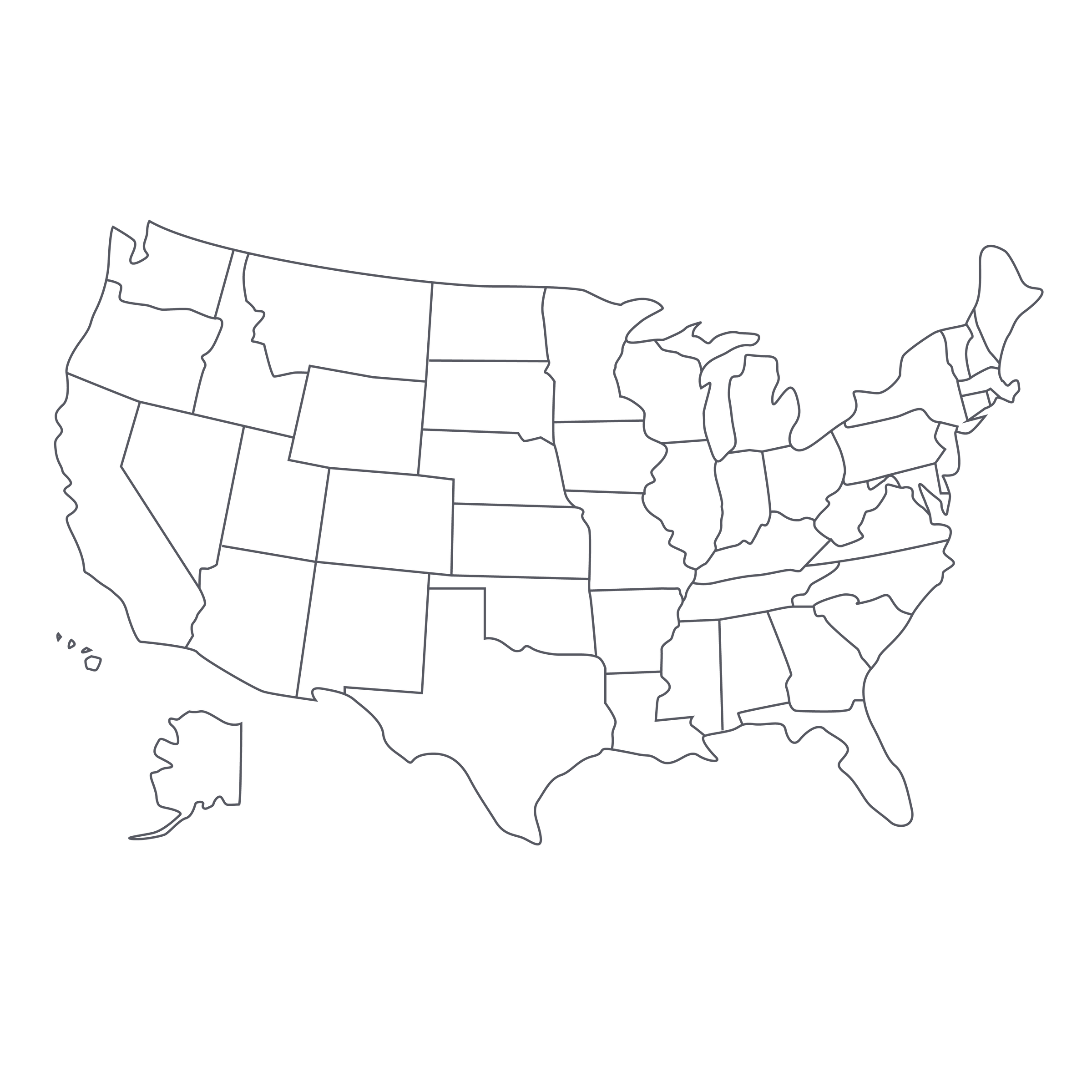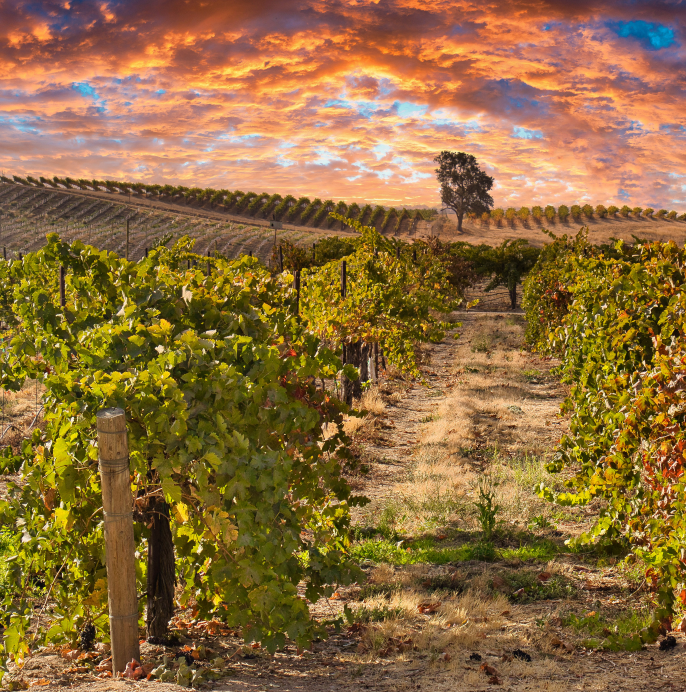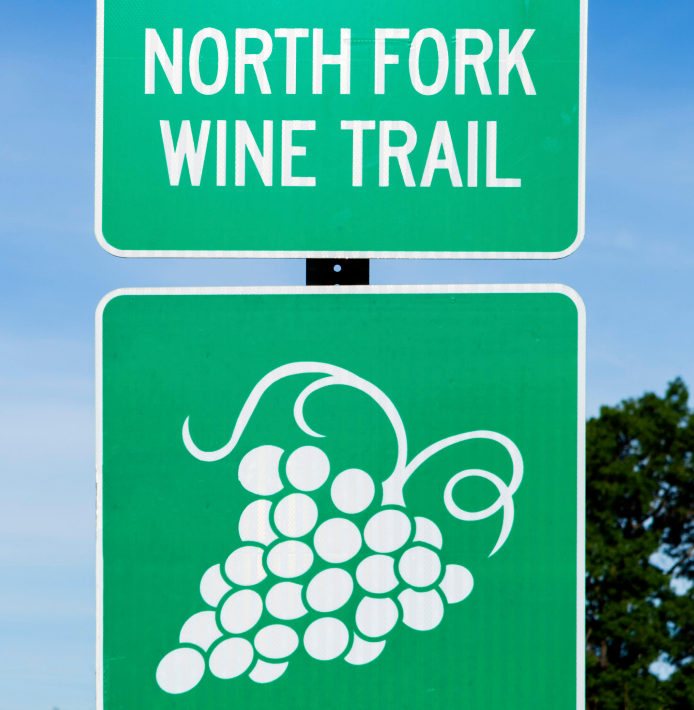It was Alfred Lord Tennyson who said “’Tis better to have loved and lost to have never loved at all,” a sentiment to which Sara Beer can likely relate. Her top-flight, mountain-grown Cabernet sourced from Mount Veeder’s “Pym Rae” vineyard was one of only two vintages Beer produced before the site was purchased by the Tesseron family, owners of Bordeaux’s Château Pontet-Canet.
I do not hesitate to place Pilcrow alongside über-classic Napa Cabernets such as those from Mayacamas (a Pym Rae neighbor), and I’m glad to have the opportunity to share some of this extremely limited-production wine with our customers today (just eight barrels were made). This is Napa Cabernet for Left Bank Bordeaux drinkers, as well as those who remember (and, perhaps, long for) the iconic Napa Valley Cabernets of the 1970s and ’80s. While it is something of a “unicorn” wine, it’s one you’ll be glad to have known, however briefly—although it is poised to live on in well-curated cellars for a decade-plus to come!
Pilcrow is a labor of love for proprietor Sara Beer, who, for her first winemaking project, sought out the most expressive high-altitude sites for Napa Cabernet. High up the Mayacamas Range—approaching 2,000 feet—she found the Pym Rae Vineyard. Situated in the Mount Veeder AVA, this gem of a vineyard—which well-known Napa vintner Robert Craig helped plant and later sourced fruit from—was previously owned by the late entertainer Robin Williams (Pym Rae is a combination of his first two children’s middle names). As of last year, however, the Tesseron family, known for their fine Cognac and ownership of Château Pontet-Canet, bought the property, so hearts were broken when they declared Pym Rae’s grapes would no longer be sold to other producers. This is why today’s offer is so pressing—after 2015 Sara wasn’t allowed to buy any more grapes!
Planted in 1990, the 18-acre Pym Rae Vineyard is one of the most desirable cool-climate sites in all of Mt. Veeder. The ground here is sedimentary, consisting of blue shale and sandstone topsoil. The entire vineyard was sustainably farmed back in 2014 (although it is currently undergoing biodynamic conversion) and Sara’s block was non-irrigated. With its high-altitude and cool climate, the growing season is longer than most and yields can be half those of the valley floor appellations in Napa, resulting in a small, but concentrated crop. The wine is 100% Cabernet Sauvignon and out of the eight French oak barrels used, only one was new. It aged for 22 months and was bottled unfined and unfiltered—an absolute necessity for this classic style. It rested an additional nine months in bottle before release.
In the glass, the wine shows an opaque garnet-crimson center with slight pink and garnet hues on the rim. The nose is a pure classic and reveals characteristics similar to those of classified growth Bordeaux. Black plum, black currant, creme de cassis, leather, tobacco, fresh lavender, crushed stone, cedar, raw cacao and delicately-woven baking spices waft out of the glass; it’s all about nuance and elegance here. On the palate, the wine reveals a trinity of depth, savor, and grace with a lightly sweet core of black fruit. It glides across your tongue with exuberant acidity and velvety, yet structured tannins. The marathon finish is full of savory nuances and mineral expression that truly expresses Mount Veeder terroir. Wonderful as this wine is, it needs to be served around 60-65 degrees after a minimum 90-minute decant in order to showcase the full spectrum of aromas and flavors. This is destined for further greatness down the road and will reach a beautiful point in the next 2-3 years, but I would save some as long as possible, as it will easily age 20+ years. In order to understand the evolution, I highly recommend purchasing more than one bottle. Whenever you do consume this treasure, do so with a medium-rare lamb shoulder; it’s a heavenly match. Cheers.






